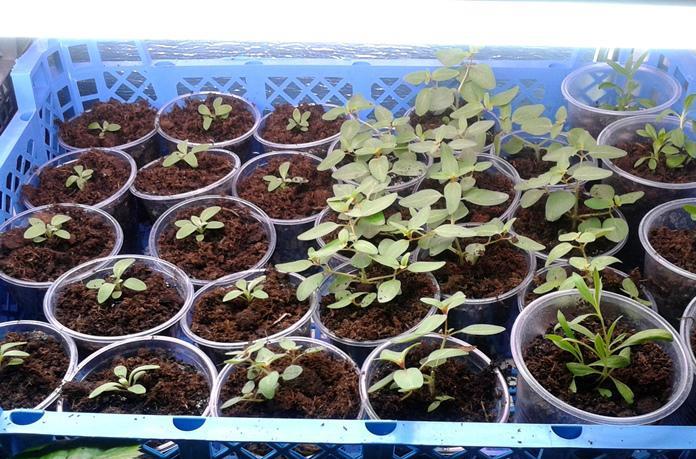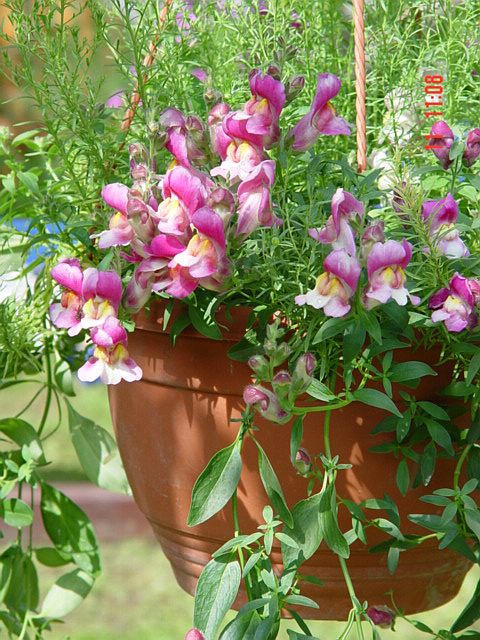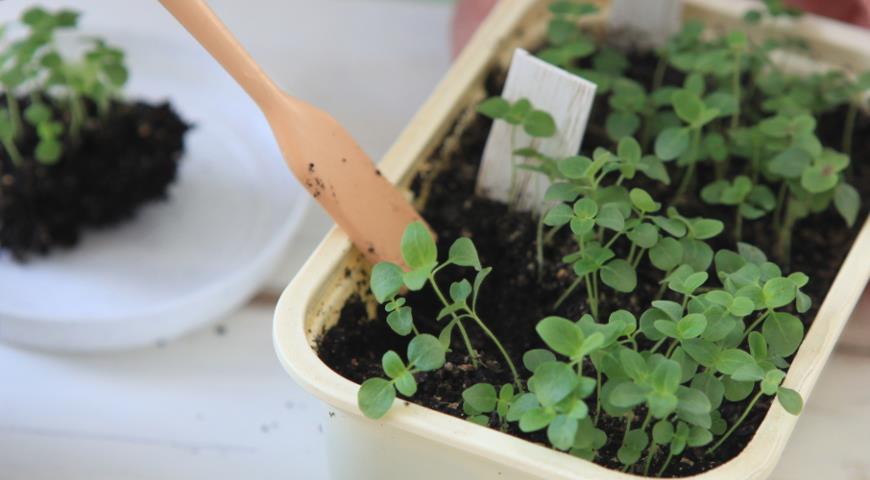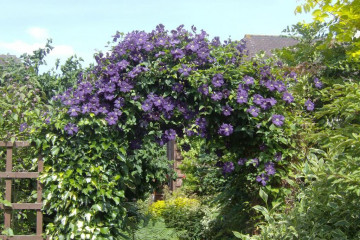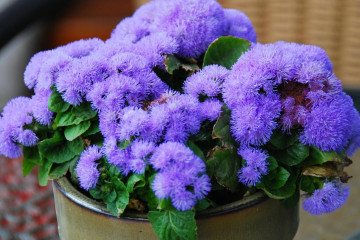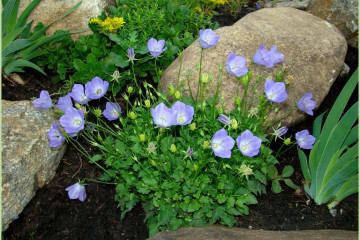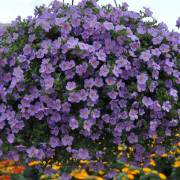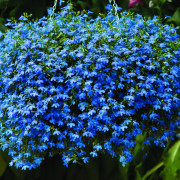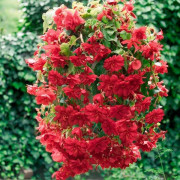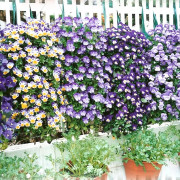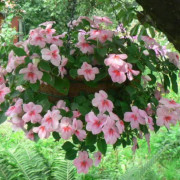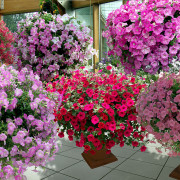Anchor snapdragon - planting and care, cultivation
Content:
Snapdragon ampelous is one of the beautiful flowers that can be grown outdoors. However, its growth cannot be left to chance, the plant needs care.
Snapdragon ampelous
Snapdragon is considered a perennial plant with an impressive root system that helps it survive the winter. This is a decorative look. Some hobbyists turn it into a home sprout, although it can handle outdoor conditions quite well.
Planting and leaving
In order to grow a plant, you need to: initially prepare the soil, seeds, grow seedlings for snapdragons. If everything is properly observed and looked after, then the result will be excellent.
Soil and suitable containers for seedlings
In flower shops there are ready-made mixes of the earth. However, you can make a suitable mixture yourself. To do this, you need to mix peat soil with sand. After that, it must be treated with a disinfectant solution or boiling water. This procedure is carried out before planting seeds.
It is recommended to moisten the soil. This can be done with a watering can or a spray bottle. The capacity must be selected taking into account the length of the root system. For short-growing plants, you can choose a capacity of 3 liters. For a medium system, larger ones are suitable.
How to prepare seedlings
Some manufacturers make and sell ready-made seeds for planting, on the packaging of which you can often see step-by-step descriptions of the steps. When using such material, pre-planting processing is not required. That is, they do not need to be soaked before planting. Occasionally it may be necessary to rip open the protective membrane of the seed.
Planting technology for seedlings
One of the important conditions for good growth is the temperature regime, as well as the light load. The most comfortable temperature range for growing seedlings is 20-25 ºС. In the presence of sufficient lighting, soil moisture, the first shoots appear after 7-8 days. After their appearance, you need to especially monitor the temperature and light in the room.
The reduction is carried out in this way: containers with future flowers are transferred closer to the windows, arranging periodic regular short-term airings. The target is 16 ° C. The airing time is gradually increased from half an hour to several times a day for 30 minutes. In this case, the protective film is first lifted and then removed completely. After that, the first pick is carried out.
Outdoor transplant and aftercare
Transferring seedlings to the ground is another step in growing snapdragons. It is carried out at a time when the soil has warmed up enough, and its night temperature has a positive mark.
In this case, the distance between plants should be from 15-20 to 35 centimeters, depending on the variety of snapdragons. The depth of the hole during planting should not exceed 5-7 cm. Planting of seedlings in open soil conditions is carried out in warm ground. This usually occurs at the end of spring - the beginning of the summer season. Some gardeners recommend additionally feeding at this time. It must contain potassium, nitrogen and phosphorus. In this case, fertilizer should also not fall on the plant itself.
Growing from seeds
You can also grow a flower from seeds. This practice is relevant in warm regions. The seed is spread on moist soil. For faster growth, the seeds can be covered with foil. In the northern lands, blanks are sown on a snow cushion. This facilitates their penetration into the ground, and also additionally moisturizes it.
When to plant snapdragons
Planting should be done at the end of winter (last days of February) in the southern regions. In colder lands, the dates are shifted to the month of March, its middle.
Watering and feeding
The first feeding is done 14 days after the pick. At this time, ready-made mineral fertilizers are used for flowering plants. The next feeding is carried out in another 10 days, at least after the second dive. This is done to strengthen the sprouts and ensure good flowering in the future.
Adult plants are watered in the morning. In this case, an important detail is that water must not be allowed to get on the green parts of the plant or on the flower itself. This could lead to his death.
Diseases and pests of the flower
With proper care, the plant rarely gets sick. However, there are certain pests and diseases that are dangerous to snapdragons. Among the pests are: larvae, caterpillars, scale insects, butterflies.
The flower can infect such diseases:
- septoria;
- rust;
- the leg is black;
- root rot or gray.
Varieties of ampelous snapdragons
There are several varieties of snapdragons. They differ in the size of the flowers, their color, the size of the shoots.
Lampion
The branches of this variety can be up to a meter in length. It blooms throughout the summer. The average size of one shoot can be about 50-70 centimeters. The shoots themselves are brightly colored and somewhat drooping. It is often grown in hanging containers. It is a rare hybrid variety that stands out for its beauty. It has also been compared to a lush beard and is called a "flower beard".
Candy Showers Mix
This variety is characterized by the fact that it was one of the first to be sown and grown using seeds. This snapdragon has branches up to 30 cm in length. Its stems are strong and flexible. The color of the flowers is very diverse. Its inflorescences are quite large, in appearance they somewhat resemble bright balls. Also, another feature of the variety is abundant and long flowering, regardless of the length of daylight hours.
Snapdragon ampelous is an unpretentious plant. If you properly care for it, water it, it will delight you with its abundant flowering.

